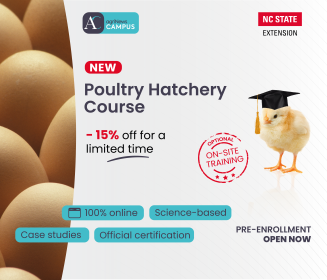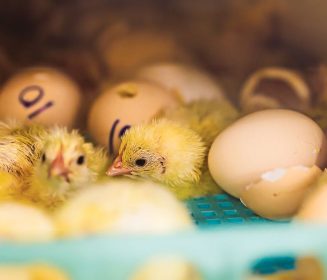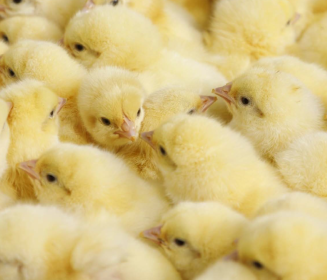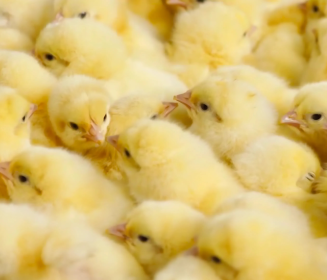How to determine chick quality?
19 Apr 2021
Determination of good quality chicks and influencing factors
The broiler industry has been able to demonstrate an accelerated growth that get along with the market needs. However, the process to obtain high yields depends on several factors included the incubation process.
Available in other languages:
Content available at:
العربية (Arabic)
As human world population increases, the need to ensure food access and high-quality nutrition is essential. The broiler industry has been able to demonstrate an accelerated growth that gets along with the market needs. However, the process to obtain high yields depends on several factors included in the incubation process.
Each evaluation process across the production chain contributes to improved meat yield. The determination of good quality chicks helps increase profitability and reduce the losses in the poultry industry. Nevertheless, key evaluation factors are often overlooked, leading to a misclassification of chicks.
At hatch, chicks must display certain traits that have been associated with good development on the farm and, consequently, high meat yield.
“A hatched and dried high-quality chick should have bright eyes, should not have any deformity or injury on the body, should have a completely closed navel and a fully retracted yolk, and should be separated from the remaining membrane and shell.”
Activity is also an important factor, expressed in the chick’s ability to react to stimuli and be interested in its environment. Chicks’ legs have to be in good condition, without swelling, redness, or anatomical abnormalities. Main traits are summarized in the following tables, reported by Boerjan (2002) and Tona et al., (2003). These are the main qualitative traits usually employed to evaluate the chick quality, but some quantitative measures can be used.
Criteria for determining chick quality in the Pasgar score method.

Criteria for determining chick quality in the Tona score method.

Several studies have evaluated the morphological measurements as an indicator for broiler performance. Chick weight tends to be the preferred parameter when assessing chicks. Still, body weight may not be an appropriate measure since it can include the residual yolk. Additionally, the strong correlation between egg weight and body weight could
TO CONTINUE READING REGISTER IT IS COMPLETELY FREE
Access to articles in PDF
Keep up to date with our newsletters
Receive the magazine for free in digital version
REGISTRATION
ACCESS
YOUR ACCOUNT
LOGIN
Lost your password?




































